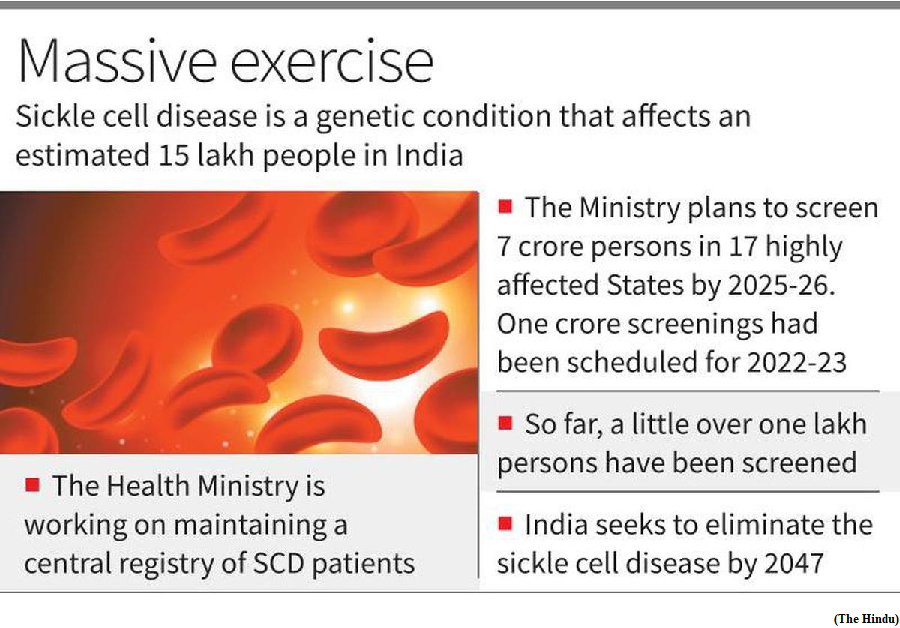Uttar Pradesh cabinet approves New Sports Policy 2023 (GS Paper 2, Governance)

Why in news?
- Recently, the Uttar Pradesh cabinet approved the New Sports Policy, 2023.
- As part of the new sports policy, special focus is to be laid on a range of aspects, from a player's physical fitness to training.
Financial assistance to sports associations and academies:
- The new policy promises financial support for various sports associations and sports academies. Academies and sports organisations with limited resources will benefit from it.
- These associations and academies will be able to expand their infrastructure and training facilities with the government's financial support, which will further lend itself to producing top athletes.
- In addition to this, the Uttar Pradesh government will also cooperate in the development of sports infrastructure facilities through PPP (Public Private Partnership).
- The state will set up 14 centers of excellence, each centered around a particular sport. These are proposed to be set up on PPP model.
- The new sports policy also includes information on coaches and mapping of various sporting facilities.
State Sports Authority:
- In the new sports policy 2023, there is a provision to establish a state sports authority on the lines of the Sports Authority of India (SAI).
- Additionally, the state will put in place a State Sports Development Fund. Through this fund, weak players, associations, or academies will receive assistance.
- In addition, five high-performance centres will be built in the state where high-performance athletes will be provided with training facilities for better physical fitness.
Health insurance:
- The Uttar Pradesh government will also provide financial assistance to budding athletes. In its new sports policy, the government has also included provisions for the same. Each registered player will receive a health insurance cover of up to Rs 5 lakh from the state government.
- Along with this, the state government will also provide funds from the Eklavya Sports Fund for the treatment of injuries suffered sustained by players during competitions.
- Many players decide to retire or quit the sport at the peak of their careers due to financial hardship or poor medical care. The government, under its new sports policy, will also extend a helping hand to such players.
Players will receive training in three categories:
- The players will receive training based on their skill power for better training. They have been divided into three categories by the government for this purpose.
- The first category will include grassroots (ground level) players who need coaching at the initial level.
- The second category will focus on the development of players, with talented players being identified and given necessary training as part of an action plan to help them become future players.
- The third category is of elite-class players--established players who represent the state in various sports. Such players will be motivated to perform better at national and international levels.
Other Highlights:
- A sports center will be established in each district.
- Special attention will be given to women and para sports.
- Priority will be given to the development of sports facilities in rural areas.
- Local and indigenous sports will be promoted.
- Sports industry will be encouraged in the state.
- Keeping in view the possibilities of sports tourism, efforts will be made in this area as well.
- Provision has also been made to promote e-sports in the state.
- Better facilities like fitness experts, and diet experts will be provided in the hostels.
- A committee of international players will be constituted for admission in hostels.
- Schools will be encouraged to start sports nurseries or academies for the development of various sports.
- A committee will be formed for Khelo India University Games
Sickle cell screening meets only 1% of target
(GS Paper 2, Health)
Why in news?
- The Health Ministry has completed a minuscule 1% of its ambitious target to scan one crore people for sickle cell disease in 2022-23.

Details:
- The Ministry is starkly behind schedule, having screened just a little over one lakh people in 2022, according to the National Health Mission’s portal for sickle cell disease.
- The minutes of a meeting of the seventh Mission Steering Group convened by the NHM reveal that the target set for 2022-23 was to screen one crore people. However, only 1,05,954 people have been screened so far, out of which 5,959 people (5.62%) were found to be carrying the traits.
Eliminating sickle cell disease:
- In her Budget speech, Union Finance Minister had said that India aims to eliminate sickle cell anaemia by 2047. This means that the incidence of the disease will be reduced to a specified level, with continuous efforts to prevent recurrence.
- Achieving this would involve screening at least seven crore people under the age of 40 years in multiple phases by 2025-26.
- A budget of ₹542 crore has been proposed by NHM for the massive exercise.
- The Health Ministry has now written to the States and assigned tentative State-wise screening targets for timely completion of the exercise.
Central registry:
- The fear of a large number of these patients slipping through the cracks is real. This would mean that their access to diagnosis and treatment is scarce.
- The Health Ministry is now working to create and maintain a central registry for all screened persons. This will be the first such registry to be maintained at the central level. The Ministry has now developed a portal and an app to capture the screening data.
- One priority group for immediate screening is pregnant women.
About Sickle cell disease:
- Sickle cell disease is a genetic disorder in which the red blood cells of the patient turn into a sickle-shaped crescents, become rigid and sticky, and get clogged in the blood vessels.
- The capacity of these cells to carry oxygen reduces, which leads to excruciating pain and organ damage in the affected patients. For those born with the disease, the Ministry has indicated that administering pneumococcal vaccination to newborns is critical.
- Once the patients develop sickle cell disease, there is currently no definitive cure.
The evil effects of deforestation
(GS Paper 3, Environment)
Why in news?
- The World Health Organization (WHO) points out that since 1990, 420 million hectares of forests have been lost through conversion to other land uses; agriculture, industrial use and biofuels in order to feed 11 billion humans by the end of this century.
- This will, in particular, affect the tropical regions such as India, China and Africa.

Causes of global warming:
- The Food and Agricultural Organisation (FAO) has published the Global Forest Resources Assessment, and points out that 31% of the land on earth is covered by forests.
- When trees are felled, they lead to the accumulation of carbon dioxide in the atmosphere and hence, global warming. Deforestation increases 11% of the global greenhouse gas emissions (CO2, CH4, N2O, SO2, and chlorofluorocarbons).
- The deforestation leads to spikes in infectious germs such as those causing diseases such as malaria and dengue, which can adversely affect humans.
Soil & Water elements:
- Not just trees but soil and water too must be saved. A 1% increase in deforestation leads to a 0.93% decrease in the availability of clean drinking water in rural communities that depend on open wells and flowing streams.
- Also, trees release water into the atmosphere during transpiration, and this comes down as rainfall. Thus, deforestation has double effects. About 30% of the earth’s land area (3.9 billion hectares) is covered by forests.
- Yet, in the name of food supply, land use for developmental activities and technology, a lot of deforestation occurs in many countries.
Situation in India:
- The total forest cover in India is about 8 lakh sq km, which is 22% of the total geographic area of the country. Of these, the twin islands of Andaman and Nicobar have 87% of the total area.
- The Colonial British set up a port there, in order to export timber elsewhere. The present government is also targeting these islands in order to expand its navy and also to attract more mainlanders to not just visit but even settle down here. So much for saving these islands.
- The Himalayan States of Jammu and Kashmir, Uttarakhand, and Himachal Pradesh have about 21,000, 24,000 and 16,000 sq km of forest area, respectively. Yet, the government of India has removed a significant fraction of trees in order to build underpass and overpass highways in these regions.
- Likewise, Goa has about 2,219 sq km forestation. Yet, the government there has cut trees with the idea of connecting Mumbai to Goa by a four-lane highway. Around 31,000 trees are being cut by local authorities.
Giant banyan trees:
- Likewise, the National Highways Authority of India (NHAI) is set to start the expansion of the 45-km stretch of NH163, from two to four lanes. Towards this, they want to destroy 9,000 banyan trees in Chevella Mandal in Telangana.
- These giant banyan trees are centuries old, established by the Nizams and other forest-loving groups.
Conclusion:
- In sum, these are some of the evil effects of deforestation, and people should protest.




